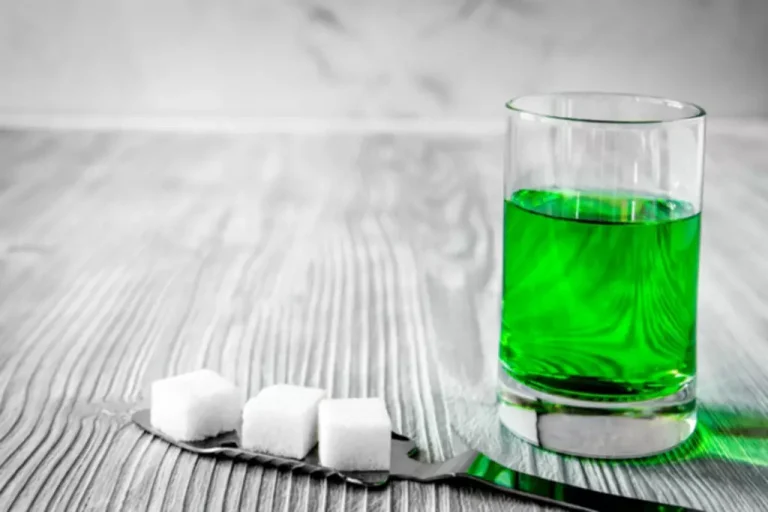
They tend to drink less frequently than people of other types (an average of 143 days a year). However, most of their drinking is binge drinking – they drink 5 or more drinks on 73% of their drinking days. This pattern of alcohol use is more likely to be hazardous than non-binging patterns. Of the five alcoholic subtypes, 5 types of alcoholics intermediate familial individuals have the highest employment rates and an average family income of $50,000 yearly. While functional alcoholics may not binge drink, they do drink more alcohol than the average person. All types of alcoholism can contribute to severe and detrimental physical and mental health issues.
- According to the Centers for Disease Control and Prevention (CDC), excessive drinking can shave an average of 29 years off a person’s life in the United States.
- For example, the brain system for novelty seeking is predominantly influenced by the neurotransmitter dopamine (Cloninger 1987a).
- One such issue is that of a perceived need for professional help and recognition that a problem with alcohol exists.
- On the other hand, this group is more likely to seek help than almost any other; 35% sought out some form of assistance in overcoming alcoholism.
Treatment for Alcohol Use Disorder
Alcohol use disorder is a multifaceted issue that affects individuals differently. Understanding the various types of alcoholics helps tailor treatment and support to meet their specific needs and get help. If you or someone you know is struggling with substance use disorder, please explore our comprehensive resources and inpatient and outpatient treatment options at Caron.

Treatment for All Types of Alcoholism

This combination of traits also describes people with antisocial personality disorder (ASPD) (Cloninger 1987b) and is consistent with findings that type II alcoholics frequently suffer from ASPD (Gilligan et al. 1988). In collecting the study data, the researchers made use of several characteristics of the Swedish social system that allow extensive data collection. In addition, extensive records exist documenting a person’s history of alcohol abuse. Each community has a so-called temperance board that enforces social sanctions for alcohol abuse (e.g., imposes fines) and orders and supervises alcoholism treatment.
- Because alcoholism has been identified as a disease, determining the exact manifestation and severity gives addiction specialists a powerful tool that can shape more personalized and effective treatment.
- This subtype also battles antisocial personality disorder at high rates and regularly has issues with the law and therefore criminal or legal troubles as well.
- Daily drinking can have serious consequences for a person’s health, both in the short- and long-term.
- Those in the functional subtype drink excessively but compartmentalize alcohol to maintain appearances.
Conformist Drinking

Five types of alcoholics exist, and the type can influence whether or not people choose to seek treatment for their addiction. It also can determine whether a certain type of treatment will be more effective than another. The terms “alcoholism” and “alcoholic” carry a heavy stigma that can discourage individuals from seeking help. We publish material that is researched, cited, edited and reviewed by licensed medical professionals. The information we provide is not intended to be a substitute for professional medical advice, diagnosis or treatment. It should not be used in place of the advice of your physician or other qualified healthcare providers.

What is the life expectancy of someone with an alcohol use disorder?
While understanding the different types of alcoholism is crucial, effective treatment is equally important for navigating this substance use disorder. Understanding what is considered an alcoholic, the different types of alcoholics, and how to identify alcoholism can help shed light on the diversity of this condition and provide insights into tailored treatment approaches. Researchers found that they have the highest rates of employment among alcoholics, with 68% working full-time and an average family income of nearly $50,000 a year. They often have steady jobs, relationships, decent family incomes, and have accomplished a higher education.
Typically, this type of alcoholism starts before the age of 25 (early onset). Alcohol abuse and criminal behavior, along with an inability to control their drinking or be abstinent from alcohol are strong associations with Type 2 alcoholism. Individuals with Type 1 alcoholism have high harm avoidance, which means they are more cautious, apprehensive, and inhibited toward their use of alcohol. Their personality traits include diligence to detail, reflection, and rigidness.

There Is Help Available For All Types of Alcoholics
The causes of alcoholism are multifaceted and can vary from individual to individual. They may prefer a combination of professional treatment and peer support groups. They are more likely to try inpatient or residential addiction treatment programs than other subtypes. This subtype includes 19.5% of those who struggle with alcohol use but appear to be functioning. Those in the functional subtype drink excessively but compartmentalize alcohol to maintain appearances. They’re often middle-aged and educated and can maintain stable employment and relationships.
